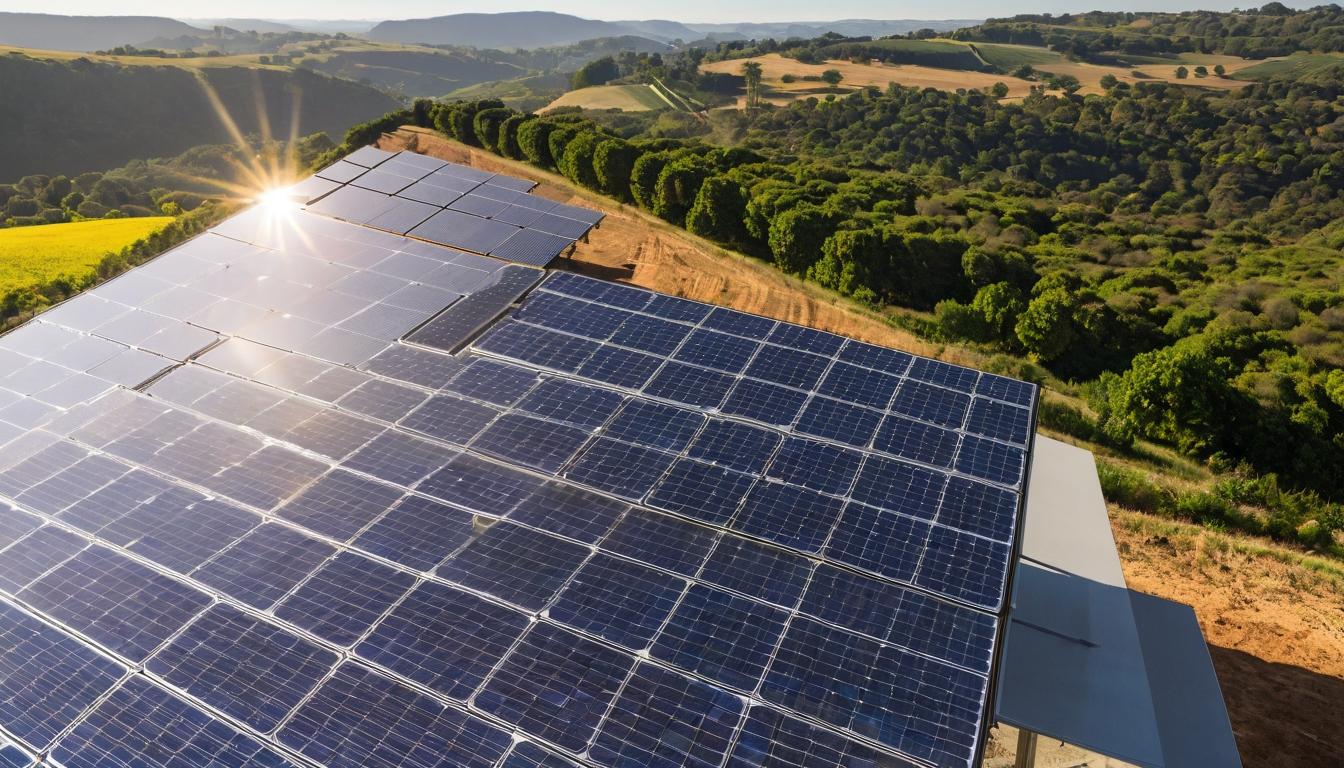In the sprawling solar farms of California's Central Valley, something remarkable is happening that most energy consumers never see. While traditional solar panels capture only direct sunlight from above, a new generation of bifacial panels is harvesting energy from both sides—turning the very ground beneath them into a power-generating surface. This technological leap represents more than just incremental improvement; it's fundamentally changing how we think about solar efficiency and land use.
Bifacial technology isn't brand new—it's been developing in laboratories for over a decade—but recent manufacturing breakthroughs have finally made it commercially viable. The magic happens through transparent backsheets and dual-sided cells that capture reflected and diffuse light. When installed over light-colored surfaces or tracking systems that optimize angle throughout the day, these panels can produce up to 30% more energy than their single-sided counterparts.
What makes this revolution particularly compelling is how it addresses solar's perennial challenges without requiring massive infrastructure changes. Unlike some green technologies that need completely new support systems, bifacial panels drop into existing solar farms with minimal modification. They use the same racks, same inverters, and same grid connections—they just work better. For developers facing land constraints or community opposition to large-scale projects, that 30% boost can mean the difference between a project moving forward or stalling indefinitely.
The financial implications are equally transformative. While bifacial panels cost approximately 10-15% more upfront, the increased energy production typically delivers payback within the first few years of operation. In utility-scale projects where every percentage point of efficiency translates to millions in revenue over decades, that math becomes irresistible. Major developers are now specifying bifacial technology for all new projects, creating manufacturing scale that continues driving costs down.
But the real story isn't just in the numbers—it's in the unintended consequences and emerging applications. Agricultural operations are experimenting with elevated bifacial arrays that allow farming to continue underneath, creating true dual-use land. Winter climates are discovering that snow cover—normally a solar production killer—becomes an advantage as the white surface reflects additional light to the panels' undersides. Even urban environments are finding new potential with vertical bifacial installations on sound barriers and building facades.
Yet this quiet revolution faces its own set of challenges. Accurate production forecasting becomes more complex when ground conditions, weather patterns, and seasonal changes all affect performance. Installers need new training to optimize positioning and avoid shading that impacts both sides simultaneously. And the industry is still developing standardized testing protocols to compare products under real-world conditions rather than ideal laboratory settings.
The international landscape tells its own story. While the U.S. cautiously adopts the technology, China has embraced bifacial panels with characteristic speed, accounting for over 60% of global production. European markets, particularly Spain and Germany, are rapidly converting existing projects. This global race isn't just about market share—it's about who will set the technical standards and patent landscapes for the next generation of solar technology.
Looking forward, the bifacial revolution is converging with other innovations. Pairing these panels with single-axis tracking systems creates synergistic benefits, as the tracking optimizes exposure to both direct sunlight and ground reflections. New anti-soiling coatings help maintain transparency on both surfaces, while advanced monitoring systems use machine learning to predict performance based on weather and ground conditions.
For homeowners considering solar, the bifacial story offers important lessons even if most residential installations aren't yet adopting the technology. It demonstrates how innovation continues driving down the effective cost of solar energy, and how today's cutting-edge technology becomes tomorrow's standard. As utilities and large-scale developers adopt these efficiency improvements, the entire grid benefits from cleaner, cheaper power.
The most fascinating aspect might be what this technology reveals about innovation itself. Sometimes the biggest advances don't come from completely new ideas, but from looking differently at what we already have. By turning the solar panel over—literally and figuratively—engineers found hidden potential that was there all along. In an industry constantly searching for breakthrough technologies, the humble bifacial panel reminds us that sometimes the future is right beneath our feet.
The hidden revolution: how bifacial solar panels are quietly transforming renewable energy

